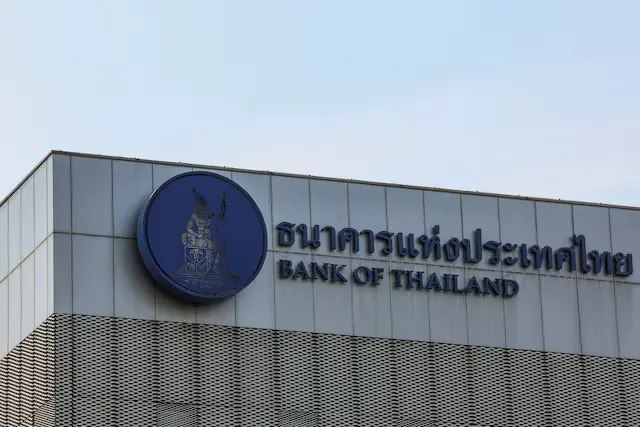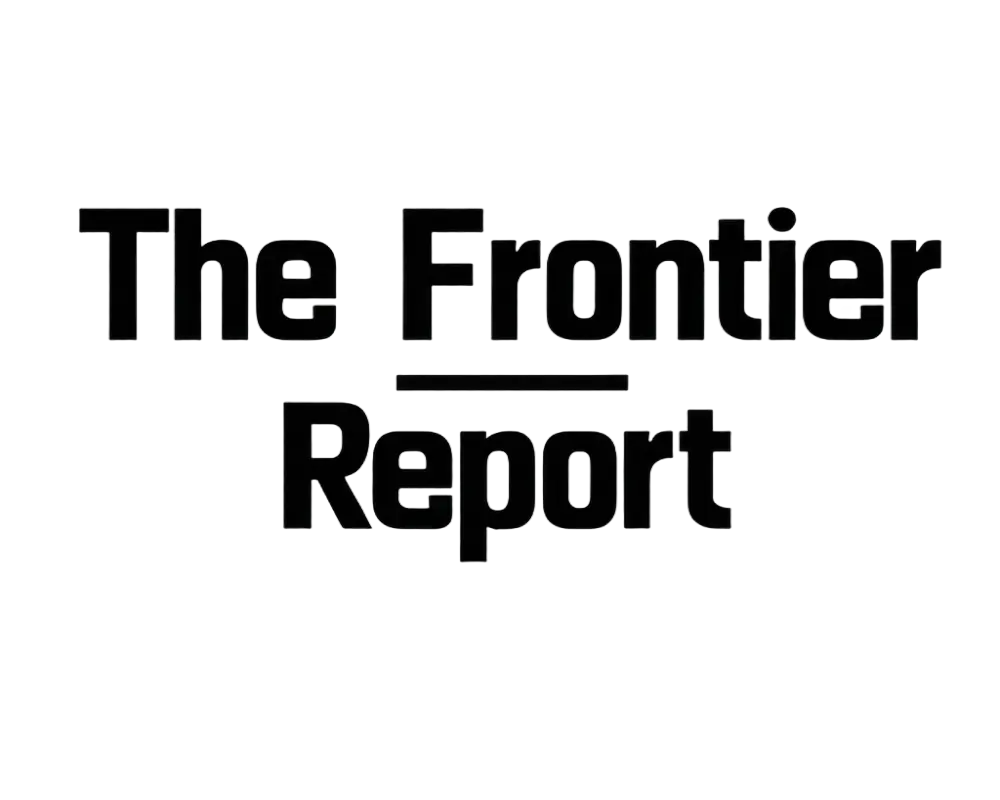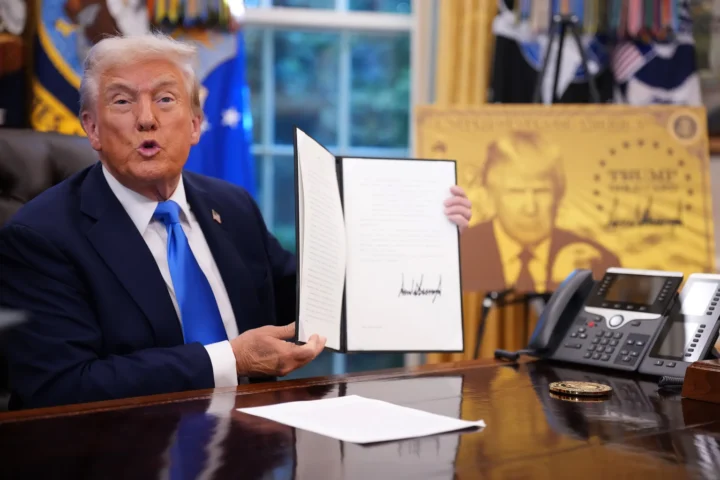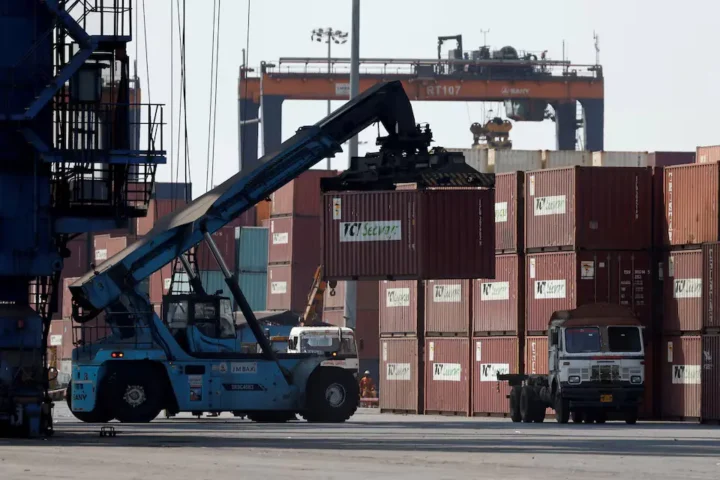The Bank of Thailand is expected to cut its policy rate from 1.75% to 1.50% at the Monetary Policy Committee meeting on August 13, 2025. Economists say the aim is to lift an economy slowed by deflation, weaker exports, and falling consumer demand.
Markets Expect the Cut
A Reuters poll of 28 economists found 23 expecting a 25-basis-point cut, with some predicting more before year-end. If confirmed, it will be the third cut this year after moves in February and April. Most analysts say acting now is better than risking a deeper slowdown. Inflation has been negative for four months in a row, showing demand is shrinking.

Economic Pressures
Recent data show the problems:
- Deflation: Prices have dropped since April, with July marking the fourth straight month. This cuts profits and discourages investment.
- Lower Spending: Household consumption fell 0.3% in June from May, showing weaker confidence.
- Exports Down: Exports fell nearly 5% in June, hurt by weaker global demand and U.S. tariffs on Thai goods.
- Tourism Lagging: Visitor numbers are still below pre-pandemic levels, limiting growth in a key sector.
The baht’s strength has made exports less competitive. Global trade tensions and geopolitical risks have added to uncertainty for the rest of 2025.
Leadership Change
This will be Governor Sethaput Suthiwartnarueput’s last meeting before stepping down on September 30. Vitai Ratanakorn takes over October 1 and is seen as more open to deeper cuts if conditions stay weak. Analysts expect his policies to shape the next year or more. The Bank of Thailand’s next governor faces a big challenge with an economy shackled by tepid consumption, weak lending, stubbornly high household debt.
Economists Split
Most agree a cut is needed, but differ on how far to go:
- Pro-Cut View: Siam Commercial Bank’s Economic Intelligence Center sees at least two more cuts this year, possibly lowering the rate to 1.25%. They argue early, decisive action will help spending and investment recover.
- Cautious View: K-Research warns against using up limited rate-cut room too quickly and calls for reforms and targeted fiscal measures to work alongside monetary policy.
The split shows the challenge of supporting growth now while keeping options open for later.
Policy Path
The BoT began 2025 with a 2.25% rate, cut it to 1.75% by April, then paused in June. The expected August cut would restart easing, which could speed up if third- and fourth-quarter data worsen.
Structural Issues
Lower rates can’t fix deeper problems:
- An aging population reducing workforce growth.
- Heavy reliance on low-value exports that face tariff risks.
- Weak investment in technology and innovation.
- A slow tourism recovery as travel trends shift.
Economists say recovery will need fiscal spending, trade diversification, and investment in higher-value sectors.
Regional Context
Thailand’s expected move follows other Asian central banks. China has already cut lending rates, and South Korea may follow. Regional easing could help limit currency swings, making a Thai cut less risky for the baht.
Investor Impact
A cut could lift Thai stocks, especially in consumer and property sectors. It could help housing demand by lowering mortgage costs. The baht could weaken slightly, boosting exporters. But without stronger tourism and external demand, gains may not last.
Why This Matters
The August 13 meeting will show how the BoT plans to guide the economy through slow growth and low inflation. It will set the tone for Vitai Ratanakorn’s term and influence government plans for the rest of the year.
If the rate drops to 1.50%, it will show growth is the priority, even if it means less room for future action. Whether it sparks momentum or just buys time will depend on global conditions and domestic reforms.
August 13 could be a turning point for Thailand’s economy in 2025.








